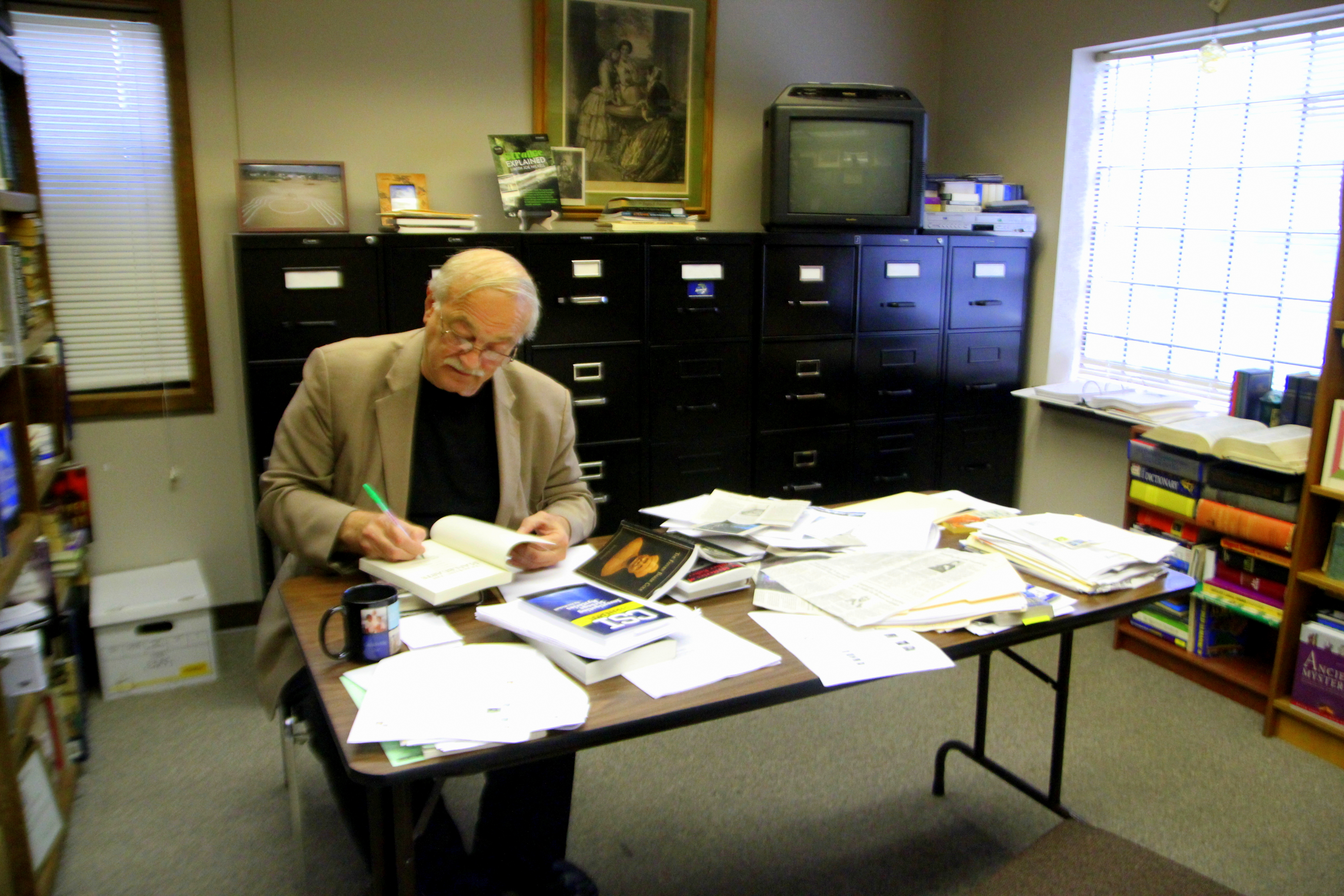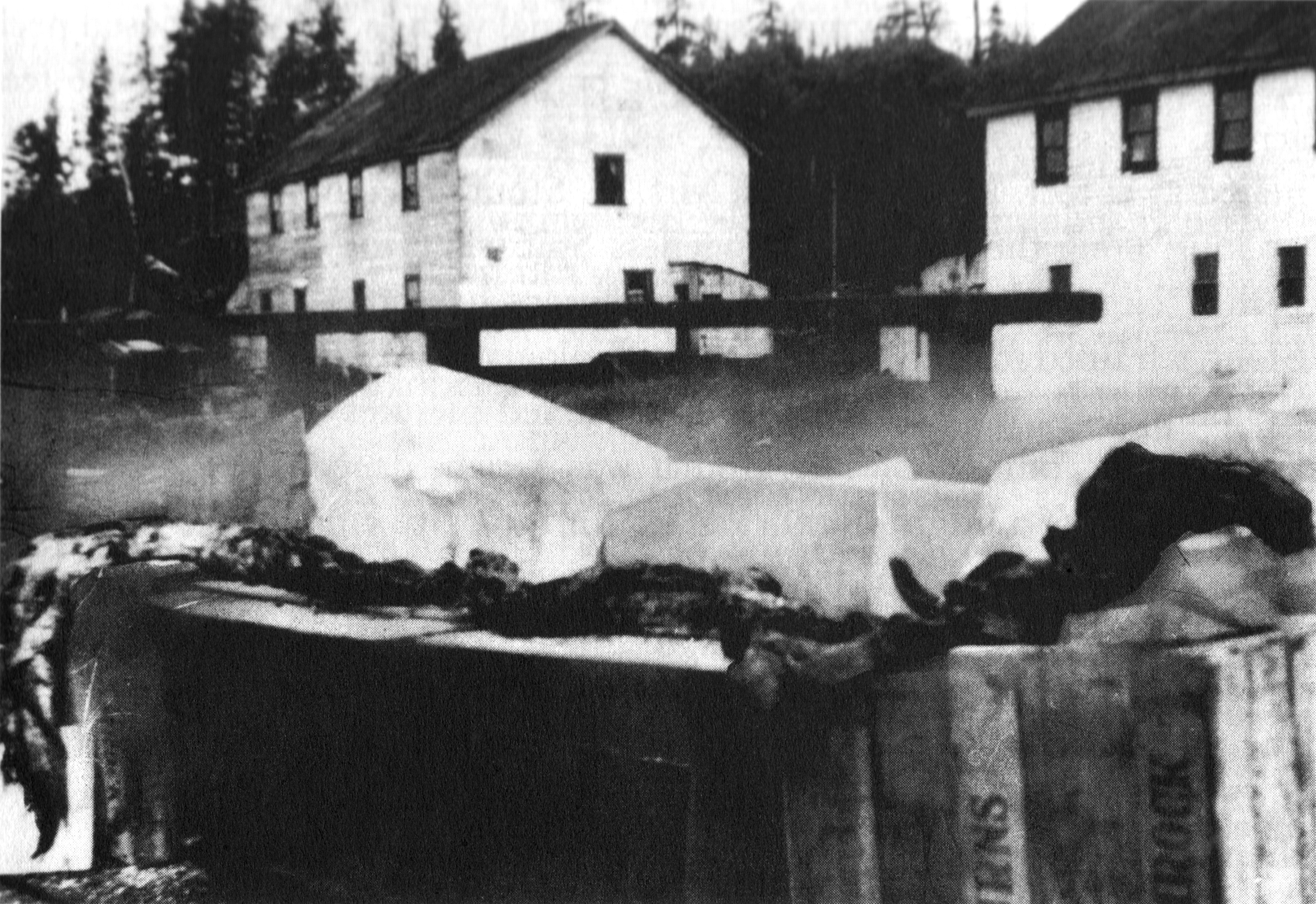|
Is It Real
''Is It Real?'' is an American television series that originally aired from April 25, 2005 to August 14, 2007 on the National Geographic Channel. The program examines popular or persistent mysteries to determine whether the featured cryptozoological creature ( cryptid) or supernatural phenomenon is real or not. The show typically includes interviews with believers or proponents of the featured paranormal claims, and then with scientists and skeptics who attempt to find rational explanations for such phenomena using a scientific approach. Reception On June 23, 2008, the Independent Investigations Group (IIG) recognised ''Is It Real?'' as one of those rare shows in the media that encourage science and critical thinking. Episodes Season 1 (2005) Season 2 (2005–2007) See also * Cryptid * Cryptozoology Cryptozoology is a pseudoscience and subculture that searches for and studies unknown, legendary, or extinct animals whose present existence is disputed or unsubsta ... [...More Info...] [...Related Items...] OR: [Wikipedia] [Google] [Baidu] |
Paranormal Television
Paranormal television is a genre of reality television that purports to document factual investigations of the paranormal rather than fictional representations seen in traditional narrative films and tv. Over the years, the genre has grown to be a staple of television and even changed the programing focus of networks like the ''History Channel'' and the ''Travel Channel''. By highlighting beliefs in topics ranging from Bigfoot to aliens, paranormal television continues to elevate popular interest in the paranormal. History Early precursors (1950s–1999) Accounts of supernatural occurrences have always been common in the print media. The 1705 pamphlet "A True Relation of the Apparition of One Mrs Veal" by Daniel Defoe is a well-known example. Paranormal television proper can trace its genesis to local TV news programs in the UK and USA, which have featured ghost stories since the 1960s. The earliest TV show devoted exclusively to the paranormal was ''One Step Beyond'' which b ... [...More Info...] [...Related Items...] OR: [Wikipedia] [Google] [Baidu] |
Independent Investigations Group
The Center for Inquiry (CFI) is a US nonprofit organization that works to mitigate belief in pseudoscience and the paranormal, as well as to fight the influence of religion in government. History The Center for Inquiry was established in 1991 by atheist philosopher and author Paul Kurtz. It brought together two organizations: the Committee for the Scientific Investigation of Claims of the Paranormal (founded by Kurtz in 1976) and the Council for Secular Humanism (founded by Kurtz in 1980). In January 2016, CFI announced that it was merging with the Richard Dawkins Foundation for Reason and Science. In June 2009, Kurtz left CFI over a conflict with then-CEO Ronald A. Lindsay. Committee for Skeptical Inquiry Through the Committee for Skeptical Inquiry (CSI), and its journal, ''Skeptical Inquirer'' magazine, published by the Center for Inquiry, CSI examines evidential claims of the paranormal or supernormal, including psychics, ghosts, telepathy, clairvoyance, UFOs, and ... [...More Info...] [...Related Items...] OR: [Wikipedia] [Google] [Baidu] |
2005 American Television Series Debuts
5 (five) is a number, numeral and digit. It is the natural number, and cardinal number, following 4 and preceding 6, and is a prime number. It has attained significance throughout history in part because typical humans have five digits on each hand. In mathematics 5 is the third smallest prime number, and the second super-prime. It is the first safe prime, the first good prime, the first balanced prime, and the first of three known Wilson primes. Five is the second Fermat prime and the third Mersenne prime exponent, as well as the third Catalan number, and the third Sophie Germain prime. Notably, 5 is equal to the sum of the ''only'' consecutive primes, 2 + 3, and is the only number that is part of more than one pair of twin primes, ( 3, 5) and (5, 7). It is also a sexy prime with the fifth prime number and first prime repunit, 11. Five is the third factorial prime, an alternating factorial, and an Eisenstein prime with no imaginary part and real part of the form 3p ... [...More Info...] [...Related Items...] OR: [Wikipedia] [Google] [Baidu] |
2000s American Reality Television Series
S, or s, is the nineteenth letter in the Latin alphabet, used in the modern English alphabet, the alphabets of other western European languages and others worldwide. Its name in English is ''ess'' (pronounced ), plural ''esses''. History Origin Northwest Semitic šîn represented a voiceless postalveolar fricative (as in 'ip'). It originated most likely as a pictogram of a tooth () and represented the phoneme via the acrophonic principle. Ancient Greek did not have a phoneme, so the derived Greek letter sigma () came to represent the voiceless alveolar sibilant . While the letter shape Σ continues Phoenician ''šîn'', its name ''sigma'' is taken from the letter ''samekh'', while the shape and position of ''samekh'' but name of ''šîn'' is continued in the '' xi''. Within Greek, the name of ''sigma'' was influenced by its association with the Greek word (earlier ) "to hiss". The original name of the letter "sigma" may have been ''san'', but due to the complica ... [...More Info...] [...Related Items...] OR: [Wikipedia] [Google] [Baidu] |
Cryptozoological Television Series
Cryptozoology is a pseudoscience and subculture that searches for and studies unknown, legendary, or extinct animals whose present existence is disputed or unsubstantiated, particularly those popular in folklore, such as Bigfoot, the Loch Ness Monster, Yeti, the chupacabra, the Jersey Devil, or the Mokele-mbembe. Cryptozoologists refer to these entities as ''List of cryptids, cryptids'', a term coined by the subculture. Because it does not follow the scientific method, cryptozoology is considered a pseudoscience by mainstream science: it is neither a branch of zoology nor of folklore studies. It was originally founded in the 1950s by zoologists Bernard Heuvelmans and Ivan T. Sanderson. Scholars have noted that the subculture rejected mainstream approaches from an early date, and that adherents often express hostility to mainstream science. Scholars have studied cryptozoologists and their influence (including the pseudoscience's association with Young Earth creationism), noted pa ... [...More Info...] [...Related Items...] OR: [Wikipedia] [Google] [Baidu] |
National Geographic (American TV Channel) Original Programming
''National Geographic'' (formerly the ''National Geographic Magazine'', sometimes branded as NAT GEO) is a popular American monthly magazine published by National Geographic Partners. Known for its photojournalism, it is one of the most widely read magazines of all time. The magazine was founded in 1888 as a scholarly journal, nine months after the establishment of the society, but is now a popular magazine. In 1905, it began including pictures, a style for which it became well-known. Its first color photos appeared in the 1910s. During the Cold War, the magazine committed itself to present a balanced view of the physical and human geography of countries beyond the Iron Curtain. Later, the magazine became outspoken on environmental issues. Since 2019, controlling interest has been held by The Walt Disney Company. Topics of features generally concern geography, history, nature, science, and world culture. The magazine is well known for its distinctive appearance: a thick square ... [...More Info...] [...Related Items...] OR: [Wikipedia] [Google] [Baidu] |
Cryptozoology
Cryptozoology is a pseudoscience and subculture that searches for and studies unknown, legendary, or extinct animals whose present existence is disputed or unsubstantiated, particularly those popular in folklore, such as Bigfoot, the Loch Ness Monster, Yeti, the chupacabra, the Jersey Devil, or the Mokele-mbembe. Cryptozoologists refer to these entities as ''cryptids'', a term coined by the subculture. Because it does not follow the scientific method, cryptozoology is considered a pseudoscience by mainstream science: it is neither a branch of zoology nor of folklore studies. It was originally founded in the 1950s by zoologists Bernard Heuvelmans and Ivan T. Sanderson. Scholars have noted that the subculture rejected mainstream approaches from an early date, and that adherents often express hostility to mainstream science. Scholars have studied cryptozoologists and their influence (including the pseudoscience's association with Young Earth creationism), noted parallels in crypt ... [...More Info...] [...Related Items...] OR: [Wikipedia] [Google] [Baidu] |
Cryptid
Cryptids are animals that cryptozoologists believe may exist somewhere in the wild, but are not believed to exist by mainstream science. Cryptozoology is a pseudoscience, which primarily looks at anecdotal stories, and other claims rejected by the scientific community. While biologists regularly identify new species following established scientific methodology, cryptozoologists focus on entities mentioned in the folklore record and rumor. Entities that may be considered cryptids by cryptozoologists include Bigfoot, Yeti, the chupacabra, the Jersey Devil, the Loch Ness Monster, and the Mokele-mbembe. Scholars have noted that the cryptozoology subculture rejected mainstream approaches from an early date, and that adherents often express hostility to mainstream science. Scholars have studied cryptozoologists and their influence (including the pseudoscience's association with Young Earth creationism), noted parallels in cryptozoology and other pseudosciences such as ghost hunting ... [...More Info...] [...Related Items...] OR: [Wikipedia] [Google] [Baidu] |
Season 2 (2005–2007)
Season 2 may refer to: * ''Season 2'' (Infinite album) * ''2econd Season ''2econd Season'' is the second and most recent album by Atlanta-based rapper Unk. Release It was released on November 4, 2008. Guest Performers The album features guest appearances by Sean Kingston, Ray J, Three 6 Mafia Three 6 Mafia is ...'' See also * {{disambig ... [...More Info...] [...Related Items...] OR: [Wikipedia] [Google] [Baidu] |
Season One (2005)
{{disambiguation ...
Season One may refer to: Albums * ''Season One'' (Suburban Legends album), 2004 * ''Season One'' (All Sons & Daughters album), 2012 * ''Season One'' (Saukrates album), 2012 See also * * * Season 2 (other) * Season 4 (other) Season 4 may refer to: * "Season 4" (''30 Rock'' episode), an episode of ''30 Rock'' See also * * Season One (other) * Season 2 (other) Season 2 may refer to: * ''Season 2'' (Infinite album) * ''2econd Season ''2econd Seas ... [...More Info...] [...Related Items...] OR: [Wikipedia] [Google] [Baidu] |
Critical Thinking
Critical thinking is the analysis of available facts, evidence, observations, and arguments to form a judgement. The subject is complex; several different definitions exist, which generally include the rational, skeptical, and unbiased analysis or evaluation of factual evidence. Critical thinking is self-directed, self-disciplined, self- monitored, and self- corrective thinking. It presupposes assent to rigorous standards of excellence and mindful command of their use. It entails effective communication and problem-solving abilities as well as a commitment to overcome native egocentrism and sociocentrism. History The earliest records of critical thinking are the teachings of Socrates recorded by Plato. These included a part in Plato's early dialogues, where Socrates engages with one or more interlocutors on the issue of ethics such as question whether it was right for Socrates to escape from prison. The philosopher considered and reflected on this question and came to the conc ... [...More Info...] [...Related Items...] OR: [Wikipedia] [Google] [Baidu] |
Scientific Method
The scientific method is an empirical method for acquiring knowledge that has characterized the development of science since at least the 17th century (with notable practitioners in previous centuries; see the article history of scientific method for additional detail.) It involves careful observation, applying rigorous skepticism about what is observed, given that cognitive assumptions can distort how one interprets the observation. It involves formulating hypotheses, via induction, based on such observations; the testability of hypotheses, experimental and the measurement-based statistical testing of deductions drawn from the hypotheses; and refinement (or elimination) of the hypotheses based on the experimental findings. These are ''principles'' of the scientific method, as distinguished from a definitive series of steps applicable to all scientific enterprises. Although procedures vary from one field of inquiry to another, the underlying process is frequently the sa ... [...More Info...] [...Related Items...] OR: [Wikipedia] [Google] [Baidu] |


